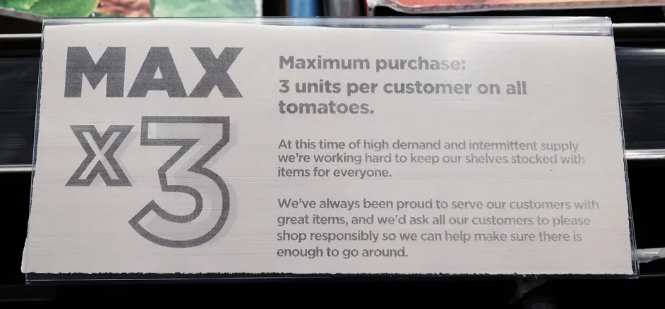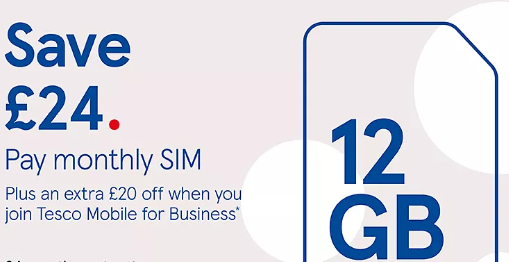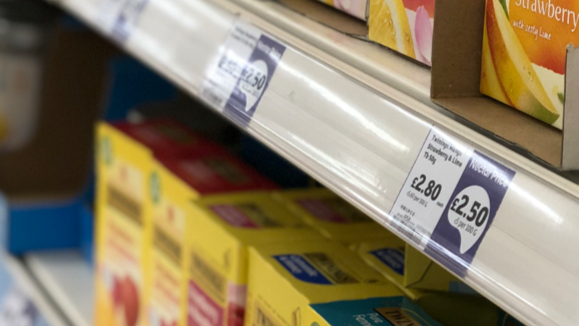We all know that the supermarket can sometimes feel like a battleground of temptation, so grab your shopping trolley, sharpen your wits, and let's dive into the world of grocery shopping psychology!
1, The Charm of the Left Digit: Dropping the Pennies
The first strategy is a classic. Have you ever wondered why products are priced at £2.99 instead of £3.00? It's not just to look good—it's a well-established tactic called the "charm pricing effect." Our brains often perceive prices ending in ".99" as significantly lower than the whole £ price. This slight drop in the leftmost digit tricks us into thinking we're getting a better deal, even if it's only one penny less. So, don't be fooled, and remember that £2.99 isn't much different from £3.00.

2, Bundle Up for Savings
The "anchoring effect" is a powerful cognitive bias, and grocers love to exploit it. You've probably seen this in action with multibuy deals like "Buy 2 for £5" or "3 for the price of 2." Retailers use these offers to set an anchor price in your mind and make you perceive the deal as more valuable. It's a win-win: you get what you need, and they make you feel like you've grabbed a bargain.
3, Decoy Pricing: The Art of Distraction
Decoy pricing is a sly tactic, employed in some stores. It involves introducing a third product, the "decoy," that's strategically priced to make another option look like a better deal. Imagine you're choosing between two sizes of cereal boxes: a small one for £3 and a large one for £6. The store might add a medium-sized box for £5, which makes the large box seem like a more of a bargain. Sneaky, right?

4, Perceived Scarcity: Grab It Before It's Gone
Ever noticed the "limited time offer" or "only a few left" messages in-store? That's tapping into the psychological principle of scarcity. When we believe something is in short supply, our urgency levels spike, making us more likely to purchase. Retailers use this strategy to encourage impulse buying, and it's especially effective in the supermarket where fresh produce and seasonal items are always changing.

5, The Power of Price Signalling: Good, Better, Best
Price signalling leverages the psychology of quality perception. You'll often find products strategically sorted into "good," "better," and "best" categories with corresponding prices. Shoppers tend to perceive the "better" product as offering the best value because it sits right in the middle. This technique capitalises on our innate desire to balance quality with affordability.
6, Odd-Even Pricing: Appeal to Different Shoppers
Did you know that odd-ending prices, like £2.97, are more likely to appeal to price-sensitive shoppers, while even-ending prices, such as £3.00, are seen as more stable and reliable? Retailers understand that different consumers have varying preferences, so they use this tactic to target specific segments of their audience.
7, The Power of Framing: Perceived Savings
Framing plays a crucial role in supermarket pricing. Products are often presented in a way that highlights the money you can save. For instance, "Save £2 on this item" makes you feel like you're getting a deal, even if you weren't planning to buy it in the first place. Framing can also work with quantity discounts – like "50% more for free." It's all about how the information is presented.

8, Price Ending in '9': It's Still Effective
We mentioned charm pricing earlier, but there's more to it. Prices ending in '9' or '99' are not just a psychological trick; they also tend to make calculations easier for our brains. When you see a product priced at £9.99, you may perceive it as a bargain because it's just shy of £10. Our brains automatically round down to the nearest whole number.
9, Dynamic Pricing: The Online Shopping Game
While this pricing strategy is more common in online grocery shopping, it's worth mentioning. Dynamic pricing relies on algorithms that adjust product prices based on various factors, including your browsing history, location, and the time of day. It's like having a personal pricing strategy tailored just for you. Be aware and clear your cookies or use incognito mode if you don't want to be manipulated!
Emotional Pricing: Appealing to Your Feelings
Last but not least, emotional pricing tactics exploit our feelings and emotions. For example, products may be priced at £7.77 or £9.99 to evoke a sense of luck or positivity. Similarly, items associated with birthdays or holidays may be slightly more expensive because they tap into your sentimental attachments.
Conclusion
So there you have it, 10 product pricing strategies that are grounded in solid behavioural science and cognitive biases. Armed with this knowledge, you'll be better equipped to add more psychology backed arguments to your next price negotiation.
Retailers use these techniques to survive in a highly competitive market, and they also offer shoppers the opportunity to find bargains and deals. Use this knowledge wisely, and let your trading negotiations be a little more effective and a lot more rewarding!






